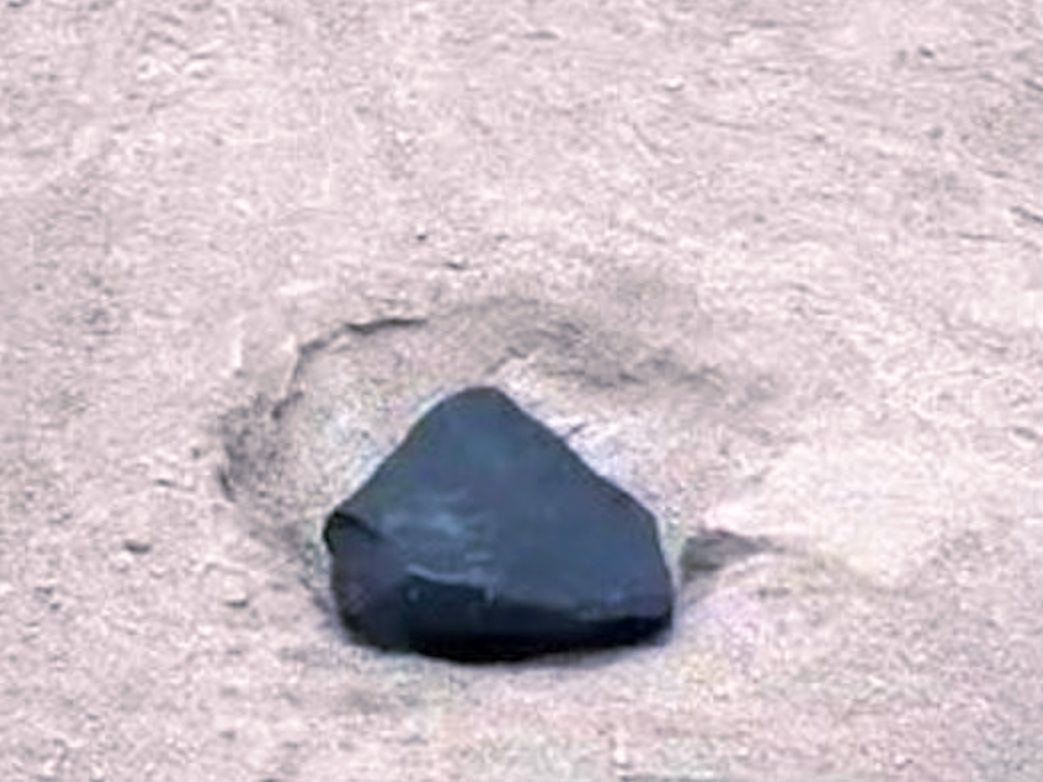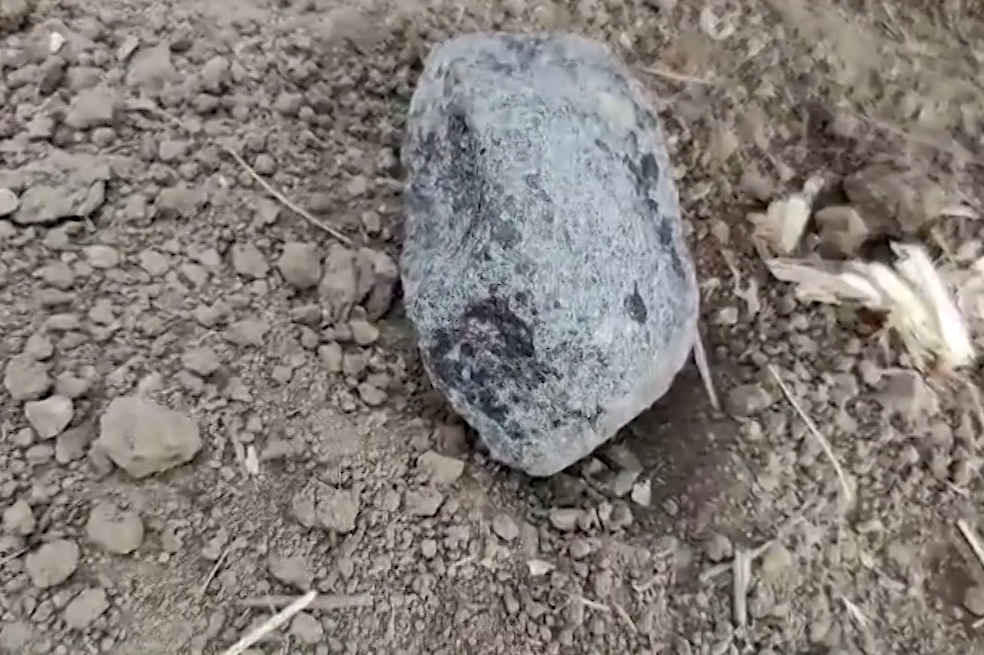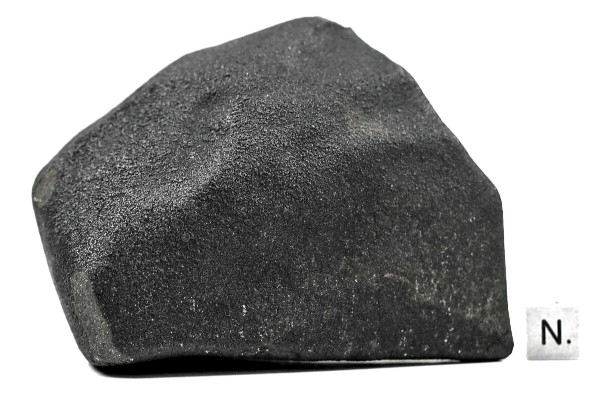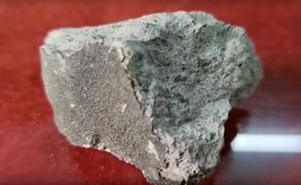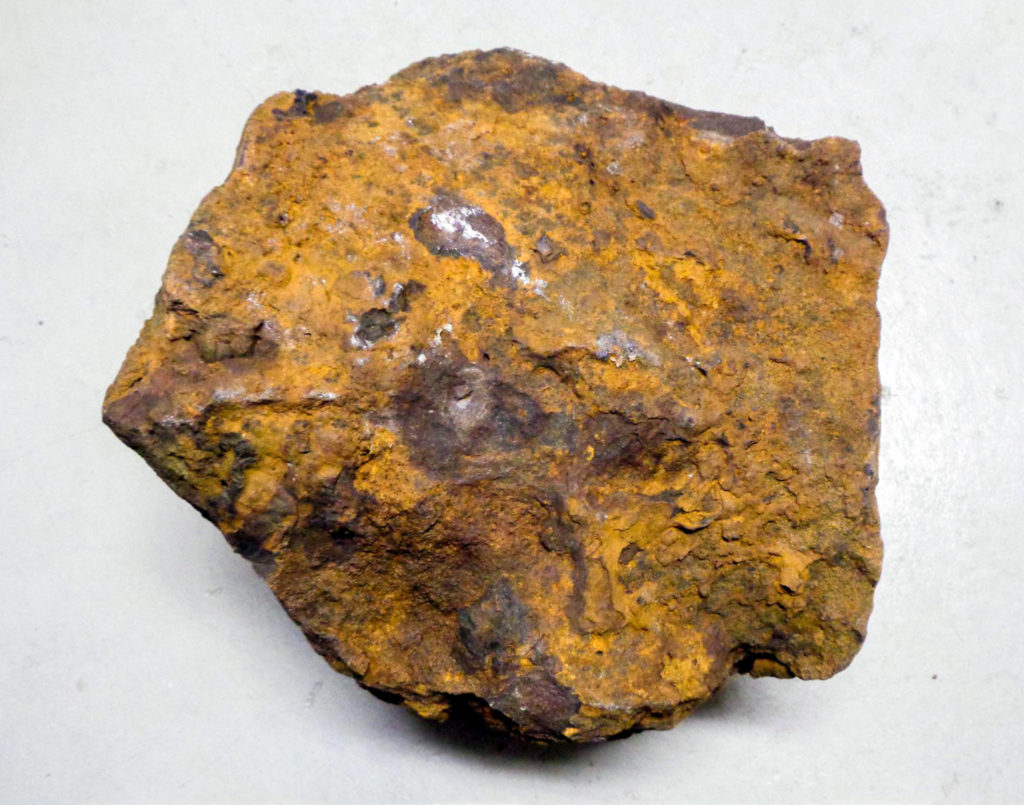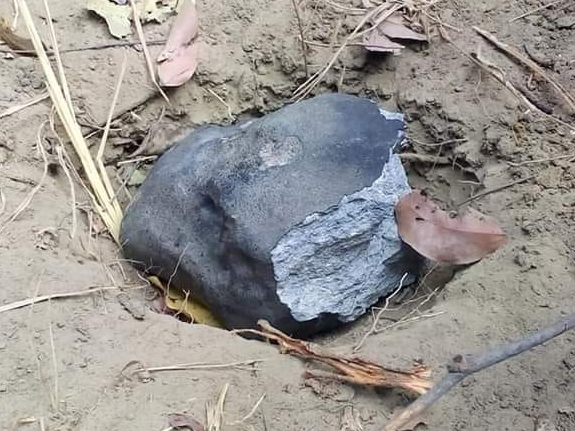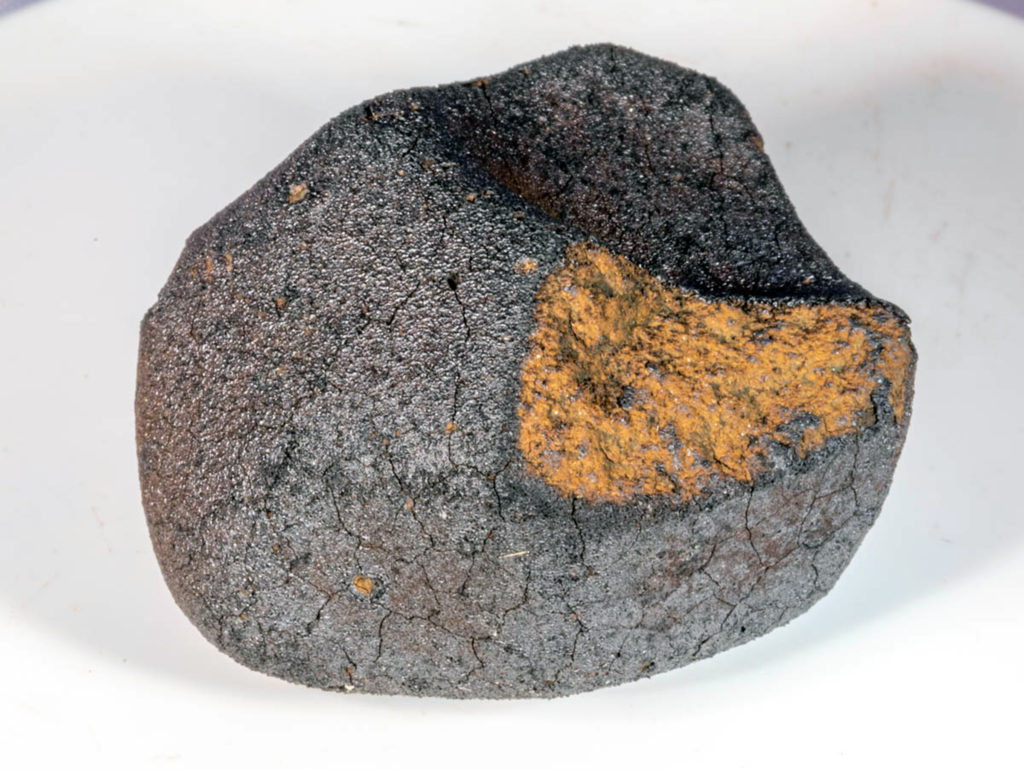Spectral Effects of Shock Darkening on Ordinary Chondrite and Howardite, Eucrite, and Diogenite MeteoritesOPEN ACCESS
Juan A. Sanchez, Vishnu Reddy, Lucille Le Corre, Neil Pearson and Adam Battle
The Planetary Science Journal, Volume 6, Number 3
LINK (OPEN ACCESS)
PDF (OPEN ACCESS)
“Impacts are the most ubiquitous processes on planetary bodies in our solar system. During these impact events, shock waves can deposit enough energy to produce shock-induced darkening in the target material, resulting in an alteration of its spectral properties. This spectral alteration can lead to an ambiguous taxonomic classification of asteroids and an incorrect identification of meteorite analogs. In this study, we investigated the effects of shock darkening on the visible and near-infrared spectra of ordinary chondrites and members of the howardites, eucrites, and diogenites clan. A decrease in albedo and suppression of the absorption bands with increasing shock darkening was observed for all the samples. We found that adding ≳50% of shock-darkened material to an unaltered sample was enough to change the taxonomic classification of an ordinary chondrite from S-complex to C- or X-complex. A similar amount was sufficient to change the taxonomic classification of a eucrite from V type to O type, whereas a eucrite composed of 100% shock-darkened material was classified as a Q type. We discuss the limitations of using just albedo for taxonomic classification of asteroids, which has implications for future space-based infrared surveys. We also investigated if shock darkening is responsible for a bias against the discovery of near-Earth objects (NEOs) with H and L chondrite-like compositions, which could explain the abundance of LL chondrites among NEOs.”

